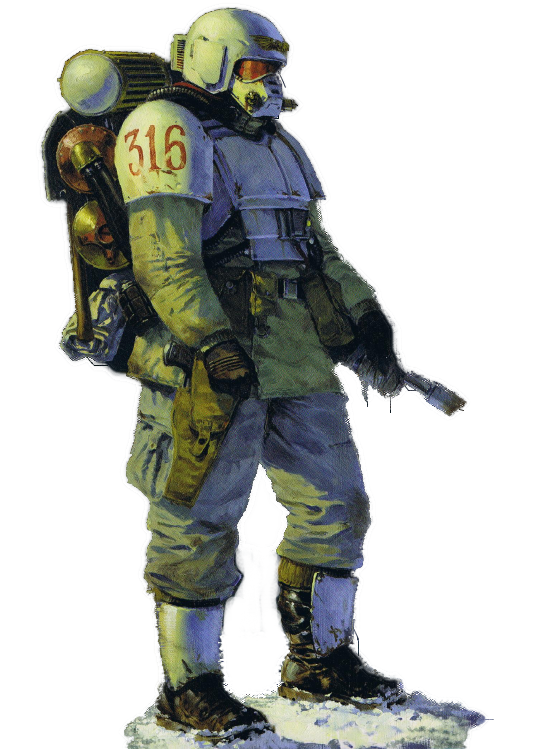- Joined
- Aug 22, 2010
- Messages
- 32,718
- Reaction score
- 9,832
Formally known as the Tactical Assault Light Operator Suit, or TALOS, Special Operations Command has spent the past four years tackling complicated technical hurdles to try to revolutionize the performance of a dismounted operator by developing the armored exoskeleton.
But for Miller, getting TALOS right would be a revolutionary leap ahead achievement for the future special operator, not meant to be fielded in just a few years. “We are trying to redefine in many respects science and engineering,” he said.
“We are putting a human inside of a robot,” Miller said, which “has to emulate the human itself.”
The program isn’t tackling how to give back capability to someone who is impaired; it’s trying to take an elite athlete and super empower someone with that capability, James “Hondo” Geurts, USSOCOM acquisition executive told Defense News in an interview at SOFIC.
While SOCOM is trying to push the bounds with a full suit, there have already been “great spin-offs both in technology and in business practices,” along the way, he said.
TALOS program officials sat down with industry representatives by appointment for nearly 12 non-consecutive hours over the course of three-and-a-half day conference.
Each layer of the suit presents complicated technical challenges, and integrating all the layers is yet another challenge. Miller sees it as a "system of systems," like an aircraft or other major weapons platform.
Miller said the base layer of the suit needs to be capable of regulating the operator’s temperature and will have tubes incorporated into the layer delivering chilled water to keep an operator’s core from overheating. Also “junctional fragmentation” will be woven into the fabric to protect the operator where armor pieces won’t cover.
The exoskeleton’s purpose is to displace hundreds of pounds of weight and enhance body movement. It has to be perfectly form-fitting, “kinematically seamless with the body,” Miller said. The individual wearing it shouldn’t notice it’s there.
“If we get that right, then we are good,” he said, adding exoskeletons have been attempted in the past several decades, but some were so big they couldn’t fit through a door. That won’t work for special operators engaging in close-quarter combat, Miller added.
The 800-part exoskeleton is currently being built using carbon fiber plastics, which is strong enough to replicate and prove design, but not enough to be encumbering or too expensive, Miller said.
The program has used rapid 3-D prototyping as it refines the exoskeleton and has managed to cut what was expected to be a billion-dollar project “way back,” Miller said.
For now, the first prototype will be made of titanium, he said, which is lighter and stronger.
Building on the exoskeleton will be an electric actuation system to emulate muscles. The program will develop both upper- and lower-body actuation, Miler said, which is very hard to do, but both are needed.
The final layer of the suit is the armor. The military has mastered ballistic protection on the chest, back and head, but the legs, arms and face continue to lack appropriate protection, Miller said.
The suit can’t be completely armored head to toe because it would hinder movement too much, so positioning the armor is crucial. The current suit would likely have 26 pieces of armor.
http://www.defensenews.com/articles...suit-takes-shape-amid-leap-ahead-tech-hurdles




